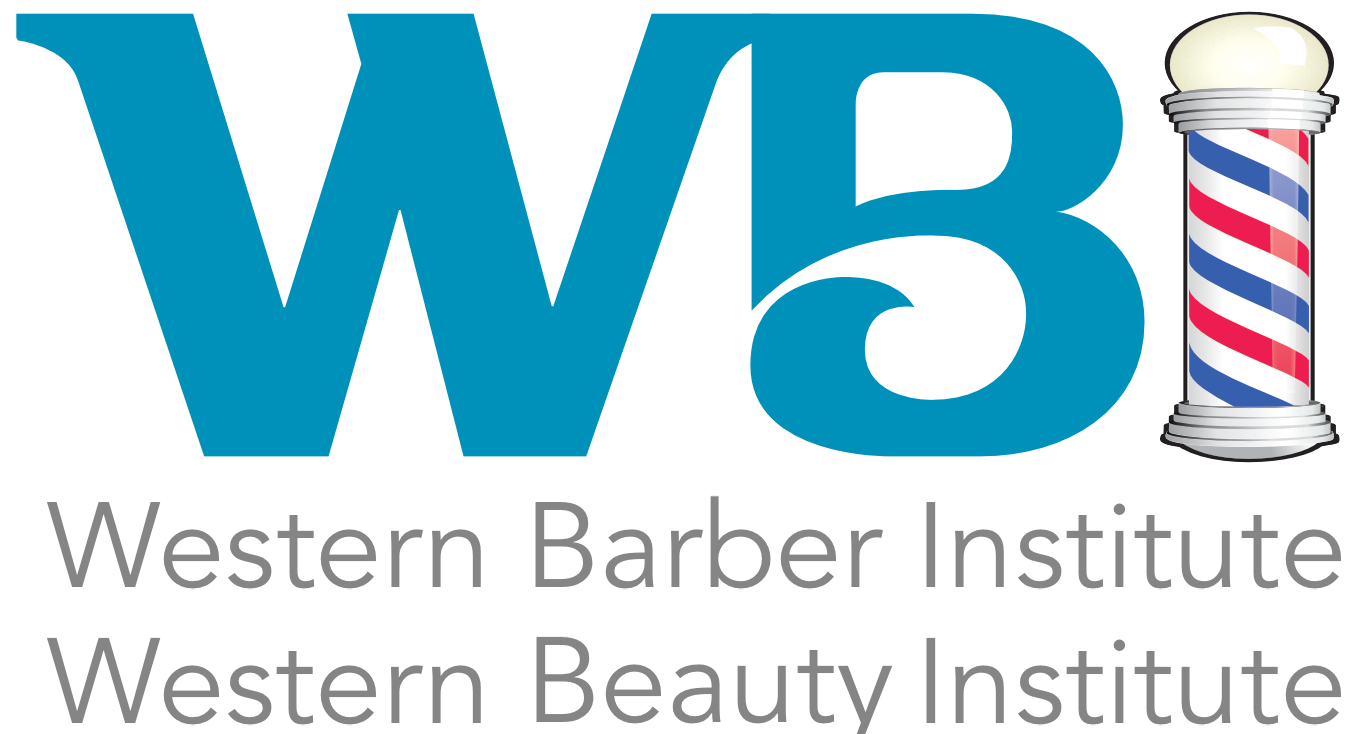Become A Barber
This curriculum is comprised of material which can be completed in 1,000 hours to become California certified.
Barber Course Overview
Total Hours: 1,000 hours
Duration: 34 - 52 weeks
Total Tuition: $8,800.00
Tuition: $7,500.00
Equipment: $750.00
Literature: $450.00
Registration Fee: $100.00
STRF Fee: $0
Campuses: Reseda
Potential Careers
Freelance Barber
Colorist
Product Demonstrator
Shop Owner / Administrator
Student Objectives
Safety and sanitary requirements.
Industry rules and safety regulations.
Facial shaves, rest facials, rolling cream massage, men’s hairpieces.
Professionalism, job search strategy, personal and business ethics.
Hair cutting, hair styling, hair tinting, chemical application, scalp manipulation.
Hair waving & curling, hair processing & relaxing, shampooing.
Personal grooming, employer-employee relations, customer relations, and communication skills

Choose Your Schedule
Full-Time (8 Months)
Monday to Friday: 8:30AM - 3:00PM
Saturday: NO CLASS
Part-Time (10 Months)
Monday to Thursday: 6:00pm - 10:00pm
Friday: NO CLASS
Saturday: 8:30am - 5:00pm
*schedule assignment may be subject to change.
Schedule A Tour Today!
California State Board Certification Requirements
Laws & Regulations (Barbering & Cosmetology Act, Board rules & regulations)
Hair Styling (Theory and composition of all hair types; hair analysis, shampooing, skin and hair disorders/diseases, various types of scalp manipulations; finger waving, pin curling, comb outs, straightening, waving, blow drying and hair styling)
Permanent Waving & Chemical Straightening (temporary and permanent of the hair, hair waving and curling, blow dry styling, hair chemistry & safety; hair processing and relaxing, hair analysis; the use and composition of sodium hydroxide and other base solutions)
Hair Coloring & Bleaching (skin and hair analysis theory of chemistry, hair analysis, predisposition & strand test, mixing, high & low lights, chemical composition of hair coloring products and the proper application of tints & bleaches)
Hair Cutting (use of scissors , razor shaper, electrical clippers, trimmers, thinning shears haircutting tools & haircutting techniques)
Shaves (rest facials, facial manipulations, steaming, skin types, creams and chemicals for the skin and safety anatomy, skin types, razor techniques and safety; the study of anatomy and composition, massage techniques)
Health & Safety (training in chemical and health in establishments, material safety data sheets, protection from hazardous chemicals and preventing chemical injuries, health and safety laws, and agencies, ergonomics, communicable diseases)
Disinfection & Sanitation (procedures to protect the health and safety of the consumer as well as the technician; all necessary functions for disinfecting instruments and equipment as specified in Section 979 and 980; disinfection is emphasized throughout the entire training period and must be performed before use of all instruments and equipment)
Bacteriology, Anatomy, and Physiology (human anatomy and physiology)
Sales Techniques (product knowledge, application, client suitability, salesmanship; career and employment information specific to barbering; compensation packages and payroll deductions, licensing requirements and regulations and fundamental of business management)
Additional Training (professional ethics, effective communication, human relations)

